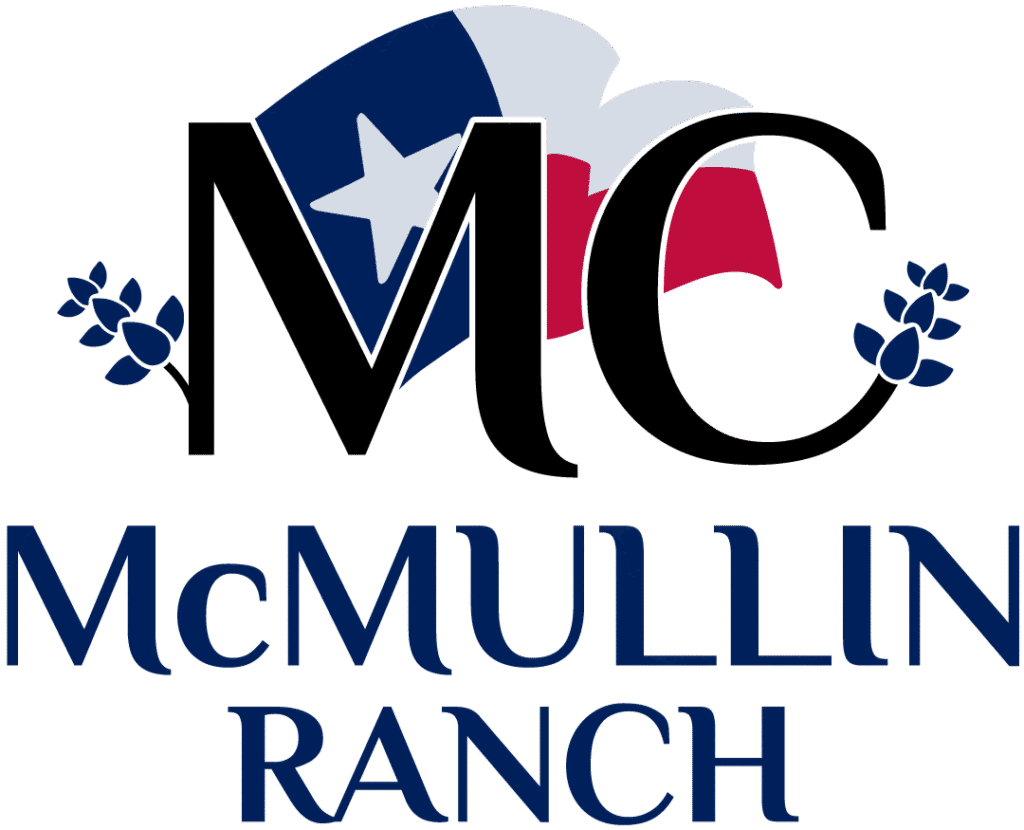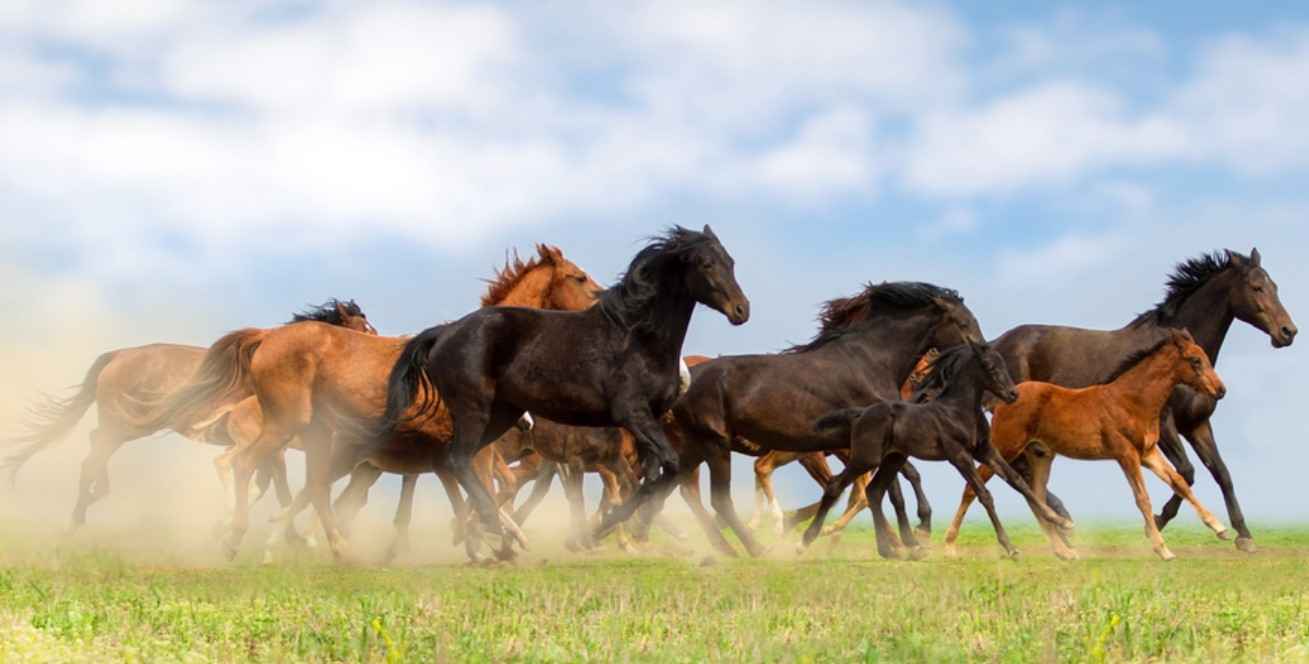If you’re living in Texas and thinking about buying a ranch horse, you’re in the right place. A good ranch horse can make life easier and work more efficient. But how do you choose the right one?
This guide will help you understand what to look for so you can buy a horse that fits your needs. Let’s explore:
Know What You Need
Before you start searching for a horse, think about what you want the horse to do. Will it be used for cattle work, trail riding, or daily chores? Your needs should guide your decision.
A well-trained horse for cattle work might not be the same as one suited for simple riding on your land.
Example: If your daily routine includes sorting cattle, you’ll need a horse trained in cutting or roping. For weekend trail rides, a calm, easygoing horse will do just fine.
Check the Horse’s Experience
Experience is also important. A ranch horse should be calm and used to daily work. Look for a horse that has already worked on a ranch.
Ask the seller what kind of work the horse has done. Has it herded cattle? Open gates? Crossed rivers? The more experience the horse has, the more confident you can feel.
Pick a Trusted Seller
Buy from a person or ranch with a good reputation. Ask for references. Look at reviews if they are available. A trusted seller will answer your questions and let you spend time with the horse before you buy.
However, you can skip this search as McMullin Ranch is known for its best horses. You can easily contact us to buy a horse or get expert help in this regard.
Look at Temperament and Behavior
The horse should be calm, gentle, and willing to work. Watch how it acts around people, other animals, and new surroundings. A good ranch horse should not spook easily and should listen to commands.
Example: A horse that stands quietly while being saddled and walks calmly past barking dogs is a good indicator of steady temperament.
Check the Horse’s Health
Have a vet look at the horse before you buy. This check-up can help you avoid future problems. Make sure the horse has healthy hooves, clear eyes, and no signs of lameness. Also, check the horse’s teeth, as dental issues can affect eating and performance.
Study the Horse’s Body
A good ranch horse should have strong legs and feet. Its back should be straight, and its chest wide. These features support strength and balance. A horse with a strong build will handle daily tasks better.
Tips to Follow:
- Observe the horse while it walks and trots. Look for smooth and even movements.
- Run your hand down each leg to feel for swelling or heat, which may signal injury.
- Check the horse’s hooves for cracks or uneven wear.
- Look at the horse from the side to evaluate back and shoulder alignment.
- Make sure the neck ties in well to the shoulders and that the horse’s body is proportional.
- A sloping shoulder usually indicates a smoother ride and better range of motion.
Check out the Bloodline
Some bloodlines are known for producing excellent ranch horses. For example, horses from the Doc Bar or Shining Spark lines are often strong, smart, and good at working cattle. You can find this information in the horse’s papers if it is registered. Bloodlines can tell you a lot about a horse’s natural talents.
Try the Horse First
If possible, ride the horse before you buy. Ask the seller to let you try it in a real work setting. See how it handles gates, uneven ground, or cattle. This ride will show you if the horse is the right match.
Inquire About Horse
Don’t shy ask important questions like:
- How long has the horse been used for ranch work?
- What tasks does the horse perform daily?
- Has the horse ever been injured or required medical treatment?
- How does the horse behave around cattle, dogs, or other horses?
- Is the horse comfortable being ridden alone or in groups?
- What type of rider is the horse best suited for—beginner, intermediate, or experienced?
- How does the horse respond to sudden noises or environmental changes?
- Can the horse be easily loaded into a trailer and transported?
Compare a Few Horses
Do not settle for the first horse you see. Compare a few horses before you make a choice. This helps you understand what is available and what a fair price looks like.
Plan Your Budget
Set a budget before you shop. Prices can range a lot based on the horse’s age, training, and bloodline. Keep extra money for a vet check, transport, feed, and gear.
Tips to Set a Budget:
- Research current market prices for horses with similar skills and backgrounds.
- Decide your absolute maximum spend and aim to stay under it.
- Include costs for a vet check, transportation, tack, and initial boarding.
- Plan for monthly expenses like feed, farrier visits, supplements, and vaccinations.
- Set aside funds for emergency care or training if needed.
- Consider investing more in a reliable, experienced horse to save money in the long run.
Conclusion
Buying a ranch horse is a big step. Take your time, ask the right questions, and look for signs of a well-trained, calm, and healthy horse. A good match will make life on the ranch smoother and more enjoyable.
For trusted help, reach out to us. We offer top horses and advice you can count on.
FAQs
What age is best for a ranch horse?
The ideal age for a ranch horse is usually between six and ten years.
Can I keep a ranch horse on a small property?
Yes, as long as the horse has enough space to move around, access to fresh water, and regular exercise. However, ranch horses used to wide-open spaces may take time to adjust.

